Describing and comparing 2D shapes
Understanding the characteristics of 2D shapes
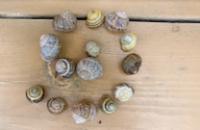
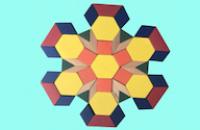
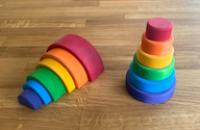
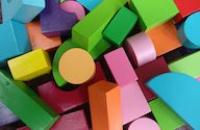
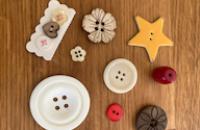
Children often enjoy playing with long strings or ribbons and making and describing shapes.
Adults could build on this by providing long loops of string or elastic to stimulate conversations about 2D shapes.
The Activity
Provide loops made from string or elastic at least 3m long. For the task, these can be put on the ground or held in the air by children working in groups of three or four. Ask the children to make shapes with their loops and talk about what they see.
Encouraging mathematical thinking and reasoning:
Describing
Have you seen a shape like this before? Where?
Can you see another shape like yours that someone else has made?
Put your shape near/inside/outside/under another one. What do you notice? See what you can make. Tell me about what you have made.
Reasoning
What if something was different?
What if you had another one the same?
Opening Out
I like your shape. I wonder how you could change it? What would you like to do next?
How about working with some more string?
Can you fit inside the shape?
Can you fit more/fewer children in the shape when you change it?
Recording
Trace your shape with chalk on the playground or with felt tip pens on a big sheet of paper.
Make a small drawing of your shape on paper.
The Mathematical Journey
Same and different:
- developing the use of language to compare, contrast and describe. For example: straight, wiggly, curved, rounded, pointy, bigger, smaller, longer, shorter, corner, like, different, side, curve
Recognising and labelling common shapes:
- making connections with shapes in their own environment and beginning to use names such as triangle, rectangle, square, corner, side...
- counting the sides and corners of the shapes they make
Describing position:
- using words such as on, inside, outside, under, left, right, above and below to describe position
Comparing sizes:
- beginning to use language such as bigger, smaller, longer and shorter to introduce ideas about measuring
Development and Variation
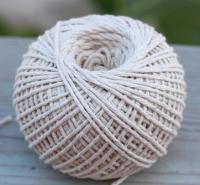
This is presented here as a teacher-led activity. It might also be possible to model the activity and then let children play freely with the string or elastic but they would need careful supervision to avoid the health and safety issues associated with the resources.
Other activities that complement this are:
- Drawing
- Shape searches in a series of photos or in books and drawings
- I-spy shapes games
- Using educational games that involve shape sorting or matching
- Building pictures from precut shapes or cutting shapes from coloured paper or magazines
- Painting on the ground or wall with big wallpaper brushes and water
- Using natural materials such as leaves, twigs and daisy chains to make shapes
- Printing with potato or sponge shapes
- Drawing shapes in the sand tray, with paints, through cornflour gloop or with a finger
- Riding wheeled toys through puddles and looking at the tracks
Story, rhyme and song links
My Mum and Dad Make Me Laugh by Nick Sherratt
Washing Line by Jez Alborough
Aliens Love Underpants by Claire Freedman
Kipper's Book of Opposites by Nick Butterworth
Opposites by Eric Carle
Opposites pop-up book by Robert Crowther
Resources
String or elastic at least 3m long.
Download a PDF of this resource.

